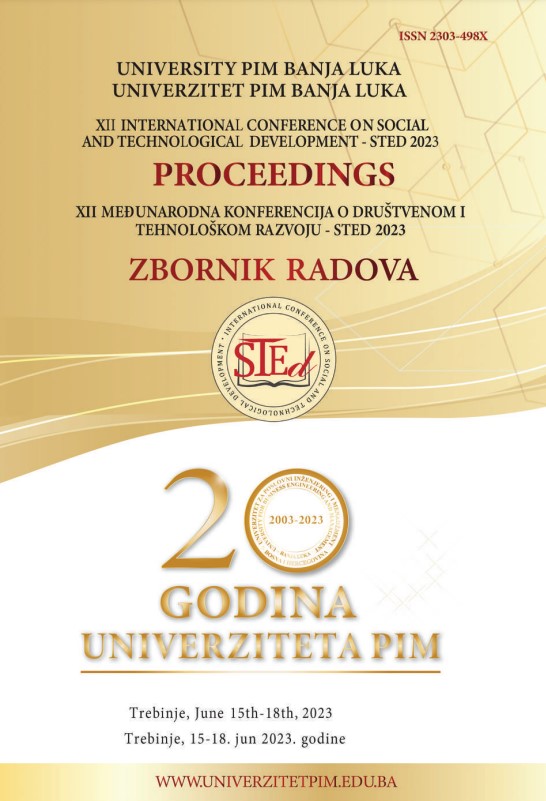THE INFLUENCE OF METEOROLOGICAL FACTORS ON THE DEVELOPMENT OF SEVERE ACUTE EXACERATIONS OF CHRONIC OBSTRUCTIVE PULMONARY DISEASE: A TIME SERIES FROM NOVI SAD, SERBIA
DOI:
https://doi.org/10.7251/PIMZ2301579JKeywords:
air temperature, relative humidity, atmospheric pressure, wind speed, acute exacerbations of chronic obstructive pulmonary diseaseAbstract
Introduction: Variable values of meteorological factors may influence the development of acute exacerbations of chronic obstructive pulmonary disease (AECOPD), but there are few studies available on this subject. This study's objective was to determine whether such effects are existent in patients residing in Novi Sad, Serbia. Methods: In this time-series, the medical histories of 552 patients hospitalized at the Institute for Pulmonary Diseases of Vojvodina between 2017 and 2022 for severe AECOPD of non-infectious etiology were analyzed. For the entire period, data on the average daily values of air temperature, relative humidity, atmospheric pressure, and wind speed on the territory of Novi Sad were collected. For statistical analysis, a quasi-Poisson generalized linear model along with DLNM models were utilized. Results: For each increase in atmospheric pressure of 5 mBar, the relative risk (RR) for the occurrence of AEHOBP hospitalization was 0.80 (95% CI 0.44–1.46); for an increase in temperature of 5°C, the RR was 1.09 (95% CI 0.94–1.27); for an increase in relative air humidity of 10%, the RR was 0.97 (95% CI 0.58–1.62); and for an increase in wind speed of 1 m/s, the RR was 1.06 (95% CI 0.51–2.21). Individual and cumulative lag models, along with multi-predictor models, produced no statistically significant results as well. Conclusions: In our sample, there was no correlation between meteorological factors and severe AECOPD. There is a need for additional research involving a greater number of respondents from various geographic regions.
